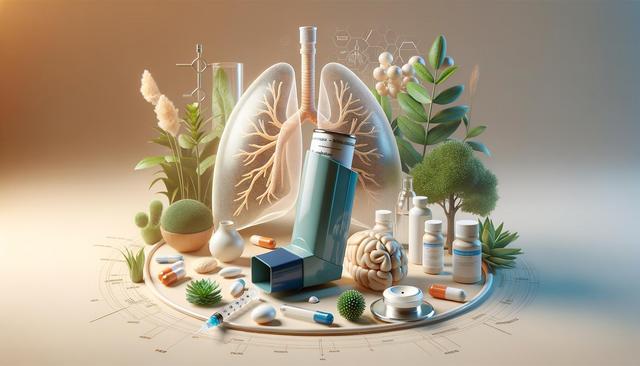Recognizing the Early Symptoms of Fluid Loss
Many people experience early signs of dehydration without realizing what’s happening. Learning how to recognize early symptoms of fluid loss can help prevent long-term health complications. Among the top 3 signs of dehydration like dry mouth, dizziness, and dark urine often appear first. These are your body’s alarm signals indicating that it’s running low on water. Other early symptoms might include fatigue, irritability, and headaches—signs that are commonly mistaken for stress or lack of sleep. By paying attention to these subtle warnings, you can take action before dehydration becomes chronic.
Ignoring these symptoms can lead to more severe consequences such as kidney strain, decreased cognitive function, and reduced physical performance. For individuals who are active, live in hot climates, or work in physically demanding jobs, the risk is even higher. Keeping track of your daily water intake and being aware of when your body starts showing signs of dehydration can make a significant difference in maintaining overall health.
What Causes Dehydration in Adults
Understanding what causes dehydration in adults is crucial for effective prevention and treatment. While insufficient water intake is a primary cause, there are several other contributing factors. These include:
- Increased physical activity without adequate hydration
- Prolonged exposure to heat or sun
- Medical conditions such as diabetes or kidney disorders
- Certain medications like diuretics and antihistamines
- Alcohol or caffeine consumption, which can lead to fluid loss
In some cases, dehydration can be a side effect of illnesses that cause vomiting, diarrhea, or fever. Older adults are particularly vulnerable because the sense of thirst diminishes with age. It’s important to consider these factors when evaluating your hydration habits, especially if you’re experiencing recurring symptoms.
The Long-Term Effects of Chronic Dehydration
Chronic dehydration can have a far-reaching impact on your health beyond temporary discomfort. Over time, insufficient water intake can affect major organ systems and lead to ongoing health problems. Some of the more serious effects include:
- Kidney stones and urinary tract infections
- Constipation and digestive issues
- High blood pressure due to thicker blood consistency
- Joint pain, as cartilage needs moisture to remain flexible
- Skin disorders caused by lack of hydration from within
These long-term consequences often develop slowly, making them difficult to connect directly to hydration levels. That’s why consistent attention to your fluid intake is key. Incorporating hydration support products into your daily routine—such as specially formulated drinks or water-enhancing additives—can make it easier to maintain proper hydration, especially for those with demanding schedules or health conditions.
How to Stay Hydrated: Tools and Solutions
Preventing dehydration involves more than just drinking water. Modern tools and solutions can help make hydration a manageable part of everyday life. Advanced hydration tracking tools, such as mobile apps and smart water bottles, provide reminders and monitor your intake in real time. These technologies make it simpler to develop habits that support long-term health.
In addition to drinking water, electrolyte replenishment solutions can be particularly helpful during workouts, illness, or exposure to heat. These solutions restore the balance of sodium, potassium, and other essential minerals lost through sweat or other fluid loss. Look for options that are low in sugar and designed to support everyday hydration needs rather than just for athletic performance.
Here are a few practical tips for staying hydrated:
- Drink a glass of water first thing in the morning
- Carry a reusable water bottle and refill it throughout the day
- Eat water-rich foods like cucumbers, oranges, and watermelon
- Set hourly reminders to take a few sips of water
- Use hydration support products when needed, especially if you’re physically active or unwell
Developing a Personal Hydration Strategy
Everyone’s hydration needs are different, so developing a personal hydration strategy can provide the structure you need to stay consistently hydrated. Start by identifying your lifestyle factors, such as activity level, climate, and any health conditions that might increase your risk of dehydration. Based on these, choose hydration support tools that align with your routine.
Tracking how much fluid you consume daily is a good starting point. Use advanced hydration tracking tools to establish a baseline and adjust your intake as needed. If you frequently experience the top 3 signs of dehydration like dry mouth, dizziness, and dark urine, it may be time to increase your fluid intake or incorporate electrolyte replenishment solutions.
Staying hydrated doesn’t have to be complicated. By being proactive and using available tools and products, you can avoid the negative effects of chronic dehydration. Over time, these small habits add up to major benefits, supporting everything from energy levels to cognitive performance and long-term organ health.
Conclusion: Taking Control of Your Hydration Health
Chronic dehydration is more common—and more harmful—than many people realize. Recognizing early symptoms of fluid loss and understanding what causes dehydration in adults are essential steps toward better health. The top 3 signs of dehydration like dry mouth, dizziness, and dark urine are clear indicators that your body needs attention. With the help of hydration support products, electrolyte replenishment solutions, and advanced hydration tracking tools, you can take control of your hydration and support your well-being. Prioritizing hydration isn’t just about avoiding thirst—it’s a fundamental part of maintaining your body’s balance and vitality.




Leave a Reply